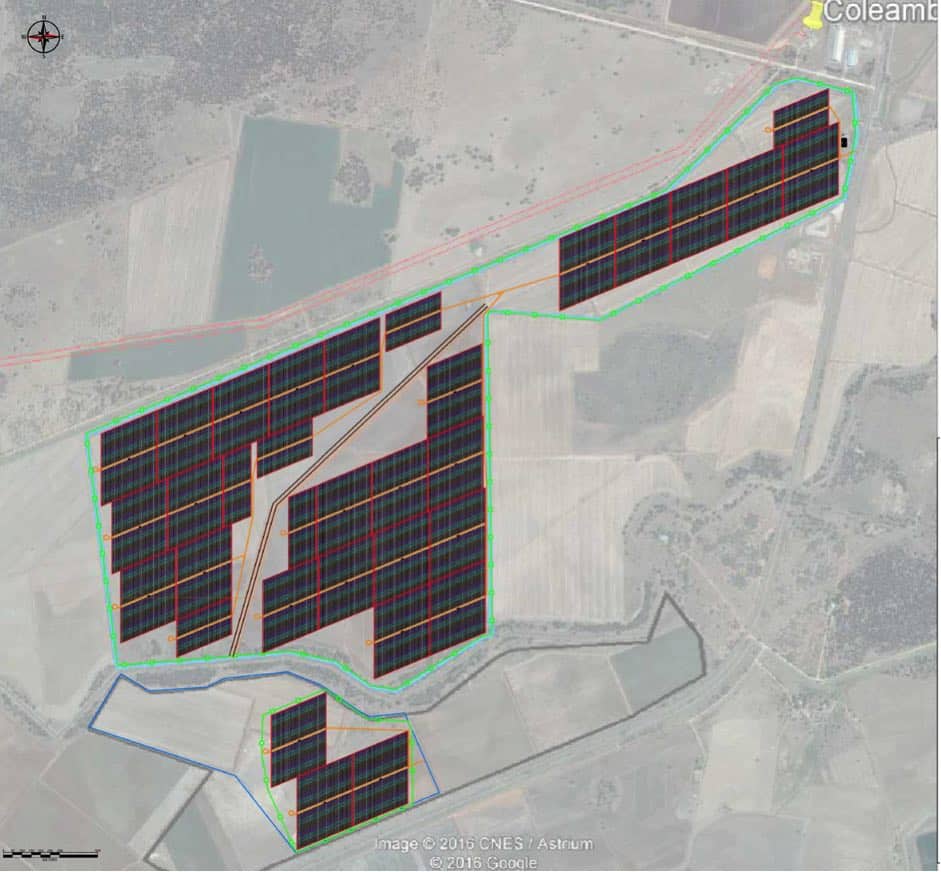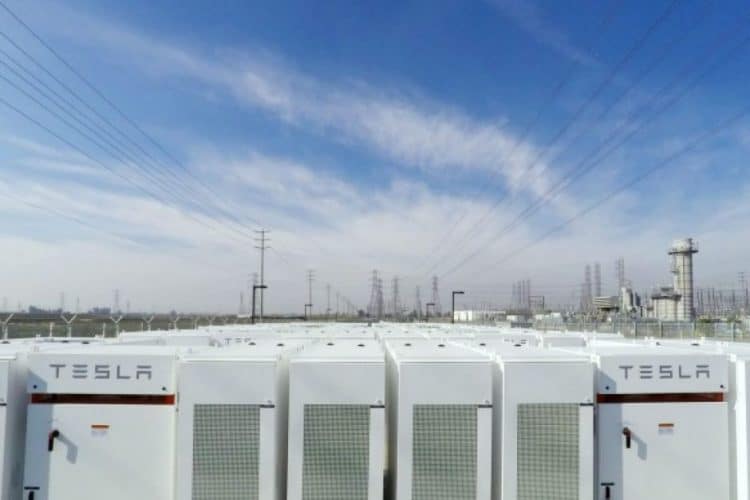French renewable energy and battery storage developer Neoen has reached a financial close on its 150MW AC Coleambally solar farm in NSW. Construction has already started and, according to the official website, it’ll consist of approximately 560,000 solar panels on 550 hectares of land 5km north east of Coleambally, which is about 65km from Griffith.
The Coleambally solar farm

“We started developing this idea a year ago. We found the land, we signed a PPA (power purchase agreement), and organised the grid connection (and) now we have reached financing and it will be in production before the end of the year. That is less than two years from idea to production.”
Neoen’s Australian Operations CEO Franck Woitiez told RenewEconomy.
According to their discussion, Woitiez questioned the viability of pumped hydro, referring to the $2 billion turned $4.5 billion turned $8 billion “Snowy 2.0” scheme which has been laid out by Malcolm Turnbull’s federal government and is now being discussed, with an investment decision to be made later this year. After a $29m feasibility study showed it is unlikely the project could operate in the “merchant market” given its size and scope, it’ll be interesting to see what happens.
Woitiez rubbished and said solar and storage would be a far cheaper and faster option:
“You could build 2,000MW (the amount of power Snowy 2.0 will generate) of solar, add storage, and provide reliable and dispatchable and cheap electricity in half the time of hydro, and at a lower cost.”
Would be be better to let the market dictate terms here rather than handing over an exorbitant amount of taxpayer money for sub standard technology (or, if you believe the government, a ‘nation-building project’), poorly run by public servants? Well, how did the NBN turn out? Obviously sensible policy structure need apply – you can’t trust the private sector to regulate themselves – but the last year or so of solar farms in Australia has proven that large scale renewable investment can be a viable, mutually beneficial option.
You can follow Franck Woitiez on Twitter via his handle @fwoit or clicking here.
Neoen, founded in 2008 and currently with 1,125MW of renewable energy ‘in operation or under operation’ as of April last year. No word on how much they have now as there’s been a lot of movement by them recently, especially in Australia – Neoen are also responsible for the Bulgana Green Power Hub, the Tesla Battery in South Australia (known officially by the grid as the Hornsdale Power Reserve), and Melbourne’s solar powered trams. They also built the 300MW Cestas Solar Park in France in 2015, which was the biggest solar farm in Europe at the time.


